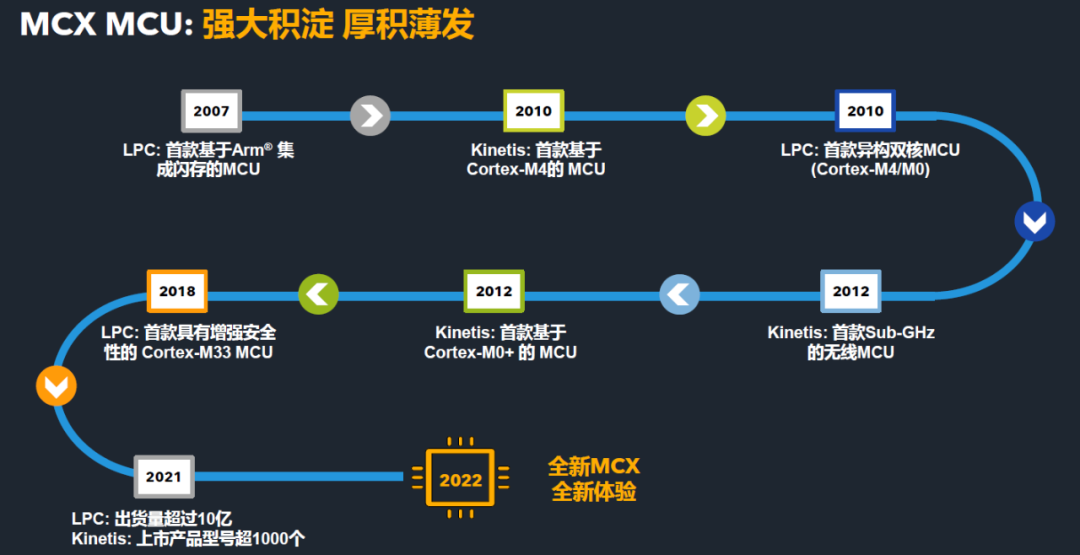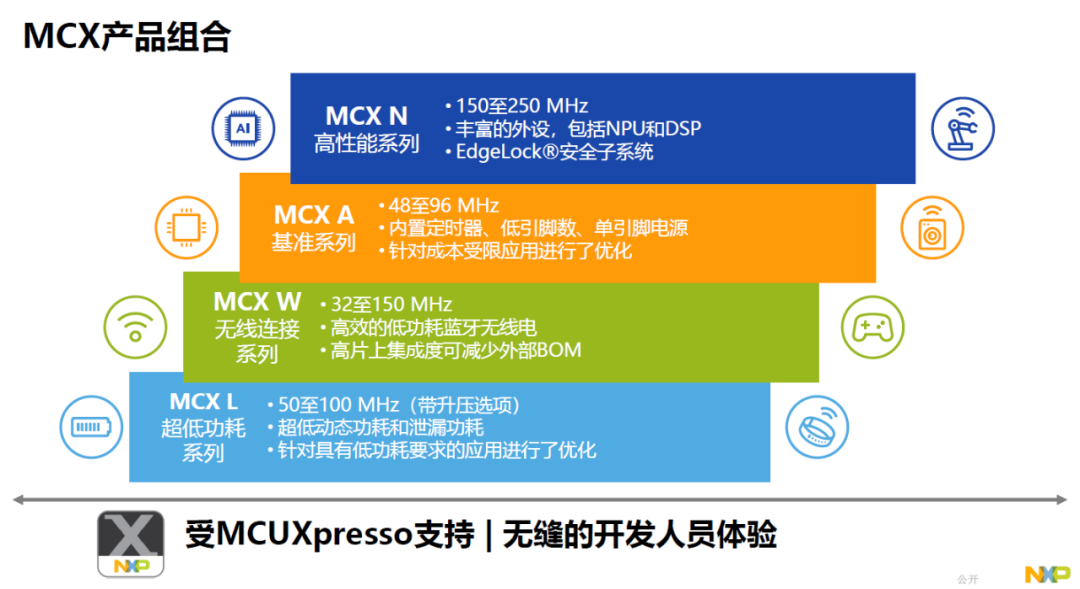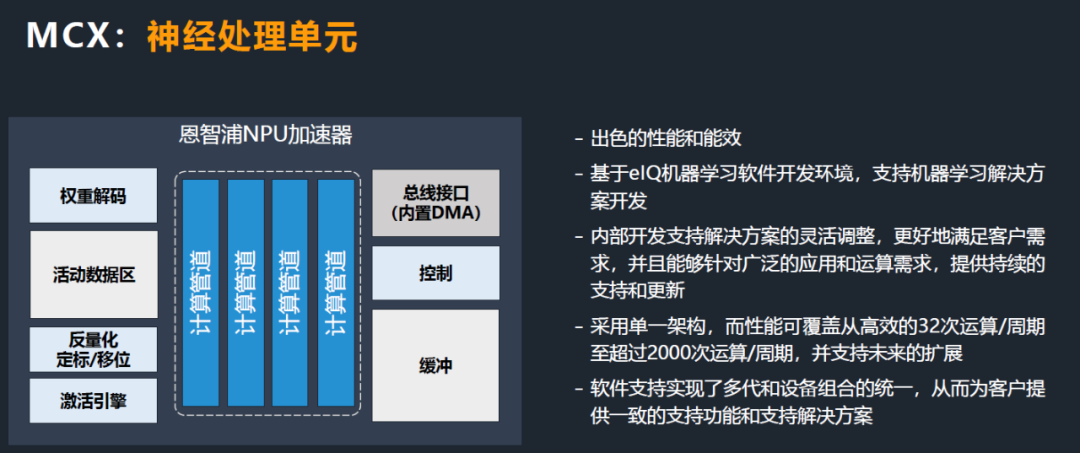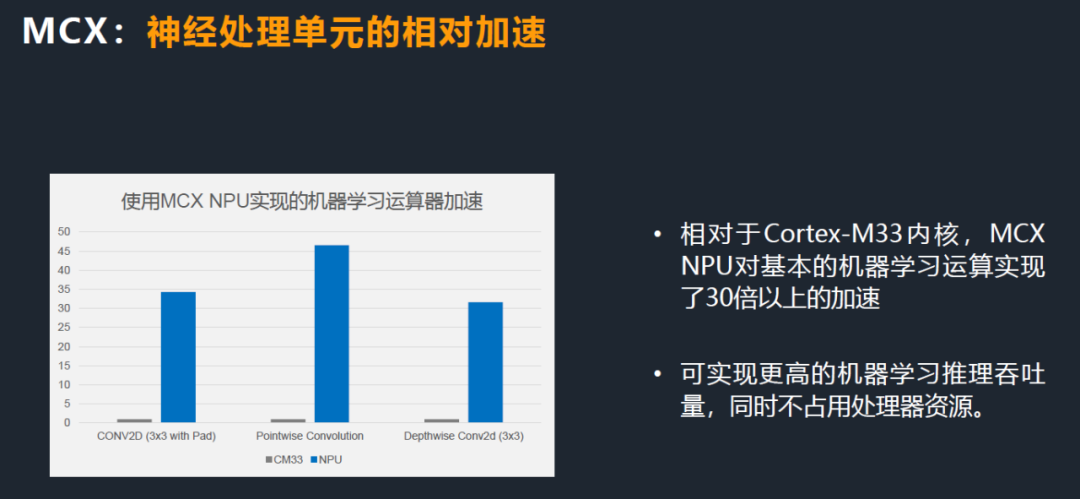According to a report by Electronic Enthusiasts Network (by Cheng Wenzhi), IC Insights released the MCU sales data for 2021 a few days ago, revealing that NXP’s MCU sales reached $3.795 billion, ranking first. In fact, NXP is not only experiencing rapid growth in MCU sales but is also continuously innovating in product development.
In 2007, NXP launched the first LPC series MCU based on Arm with integrated flash memory; in 2010, it introduced Kinetis, along with a dual-core heterogeneous LPC MCU; in 2012, it released the Kinetis MCU with wireless capabilities; and in 2018, the LPC series adopted the Cortex M33 core, launching MCU products with enhanced security.

On June 15 of this year, they launched a brand new MCX microcontroller product line. According to Jin Yujie, Senior Director of Industrial and IoT Markets for NXP Greater China, the new MCX product line is based on the Arm Cortex-M33 core and includes four major product series: MCX N high-performance series, MCX A baseline series, MCX W wireless connectivity series, and MCX L ultra-low power series.
Features of the MCX Products
Jin Yujie believes that the MCX product series combines the advantages of the LPC and Kinetis series, integrating various core technologies accumulated by NXP over the years, fully utilizing the original platform development environment, and incorporating new technologies to form a completely new product series.

He also detailed the main features of these four series:
MCX N Series High-Performance Microcontrollers operate at a frequency range of 150 to 250 MHz, integrating more peripherals and featuring the EdgeLock security subsystem, and for the first time, incorporating both NPU and DSP elements into the MCU. This NPU has an efficient computing architecture that enables real-time inference.
MCX A Series Baseline Microcontrollers is an entry-level MCU with a frequency range of 48 to 96 MHz, featuring built-in timers, low pin count, and single-pin power supply, making it very easy to use and specifically optimized for cost-sensitive applications. This MCU series provides key functionalities for applications such as motor control.
MCX W Series Wireless Connectivity Microcontrollers offer low-power narrowband connectivity, including low-power Bluetooth. The W series operates at frequencies between 32 and 150 MHz. Additionally, it aims to highly integrate some peripheral devices, reducing the overall BOM and lowering board-level costs. This MCU series is primarily used in IoT devices.
MCX L Series Ultra-Low Power Microcontrollers operate at frequencies between 50 and 100 MHz, striving for ultra-low dynamic power consumption and very low leakage power. This series is optimized for applications with low power requirements and integrates low-power technologies from the original LPC series to achieve this product design. Compared to traditional MCUs, it can significantly extend battery life.

Regarding the NPU integrated into the MCX N series, Wang Pengpeng, Senior Director of System Engineering for NXP’s Edge Processing Division, provided a detailed explanation: “We have added an NPU coprocessor next to the CPU in the MCU, which mainly has computational channels, such as the four computational pipelines seen in the diagram, each containing four computing units, meaning this is a 4×4 computational processing unit.”
Importantly, the NPU accelerator in the MCX N series MCU supports the eIQ machine learning software development environment, maintaining consistency with the CPU-based development environment and tools previously released on NXP’s MCUs or MPUs. This provides convenience for existing and new users to incorporate machine learning and intelligent elements into their development.
She also revealed that the MCX series, and even future cross-domain processors and application processors, will adopt a unified architecture, providing higher performance NPU accelerators.
Regarding the performance of the NPU integrated into the MCX N series MCU, Wang Pengpeng stated to the media that this MCU series can cover from 32 operations/cycle to 2000 operations/cycle. Of course, since the actual computing power of a chip is closely related to its clock frequency, the NPU placed in the MCX series MCUs is primarily targeted at MCU application scenarios, rather than pursuing particularly high computing power. She revealed that the current NPU on the MCX has a performance of about several GOPS.

The MCX is the first product family from NXP to integrate NPU, allowing tasks previously handled by the CPU to be specifically processed by the NPU, thereby effectively improving efficiency. Wang Pengpeng cited an example: when performing machine learning computations on the NPU, such as 2D convolutional neural networks, point convolutions, or deep convolutions, its performance can be accelerated by at least 30 times or more compared to the Cortex-M33 core.
Thus, parallel processing of CPU and NPU can be achieved, allowing simultaneous control and interaction with the external environment, while the convolution processing of machine learning is handled by the NPU without occupying CPU resources. In other words, artificial intelligence processing and general input/output control can be implemented in parallel. On a general-purpose MCU, it achieves both traditional MCU functions and accelerates artificial intelligence computations.
Application Scenarios for the MCX Series MCUs with Integrated NPU
When discussing the practical applications of the MCX N series MCUs, Wang Pengpeng believes that the main application scenarios still target existing MCU applications, such as adding intelligent recognition, fault detection, and voice control elements to traditional control applications in medical devices, drones, or industrial control.
With the emergence of the NPU, NXP has also introduced many new applications. “In daily life, some customers are developing scales for object recognition, aiming to allow direct checkout when placing items on the scale; in medical testing, it can be used to detect malaria-infected red blood cells; in transportation, it can help smart vehicles recognize obstacles and automatically make judgments and handle them,” Wang Pengpeng cited as examples.
Jin Yujie also mentioned applications in elevators, where there is a limit on the number of people, generally around 12-15. “NXP’s MCU products combined with NPU can help smart elevators perform people counting and additionally calculate the flow of the elevator itself.”

In fact, integrating NPU into MCUs brings many benefits, especially as many applications now require enhanced edge computing capabilities, hoping to process sensitive information locally without uploading it to the cloud. For example, facial recognition door locks, voice recognition door locks, and various recognition devices, including voice and object recognition, all have a demand for “performing many inferences locally.” These are all areas where NPU can be utilized.
“Previously, the standard for a good controller was: pressing a button results in a quick response, but now it is much more than that. We hope the processor itself has predictive capabilities, which requires the introduction of artificial intelligence elements,” Jin Yujie stated.
Therefore, it is believed that more and more practical projects will require edge computing platforms to support AI functionality. “Our products provide support for computing power while optimizing models, especially for embedded platforms. Thus, NXP has also launched the eIQ machine learning software development environment to support the development of machine learning solutions, aiming to streamline and optimize models originally designed for larger platforms to fit our platform. Even in some basic NPU environments, NXP hopes to support more model applications,” Jin Yujie elaborated on NXP’s strategy in AI.
Conclusion
Today’s MCUs are vastly different from the original MCUs, not only integrating more peripheral devices but also incorporating NPU, allowing applications requiring higher performance processors, such as facial recognition, object detection, fault detection, fire recognition, and vehicle path planning, to be implemented within MCUs, significantly reducing costs for customers. This also indicates that the MCU market is quite competitive, as MCU manufacturers are continuously innovating to meet market and customer demands.


Disclaimer: This article is originally from Electronic Enthusiasts Network, please indicate the source above when reprinting. For group communication, please add WeChat elecfans999, for submission, interview requests, please send an email to [email protected].
More Hot Articles to Read
- The dust has settled! Geely officially acquires Meizu Mobile, Huang Zhang exits company control
- 830,000 Tesla vehicles may be forced to recall! NIO fatal accident + XPeng “frightening collision”, autonomous driving stuck in braking
- Russian domestic laptops are about to go into production, China has made the right move!
- Low-cost DIY | You can have a MagSafe-like power bank for 50 yuan
- Acquiring Apple’s former tech powerhouse team, Qualcomm launches Hamoa to compete with Apple’s M2 on the PC side